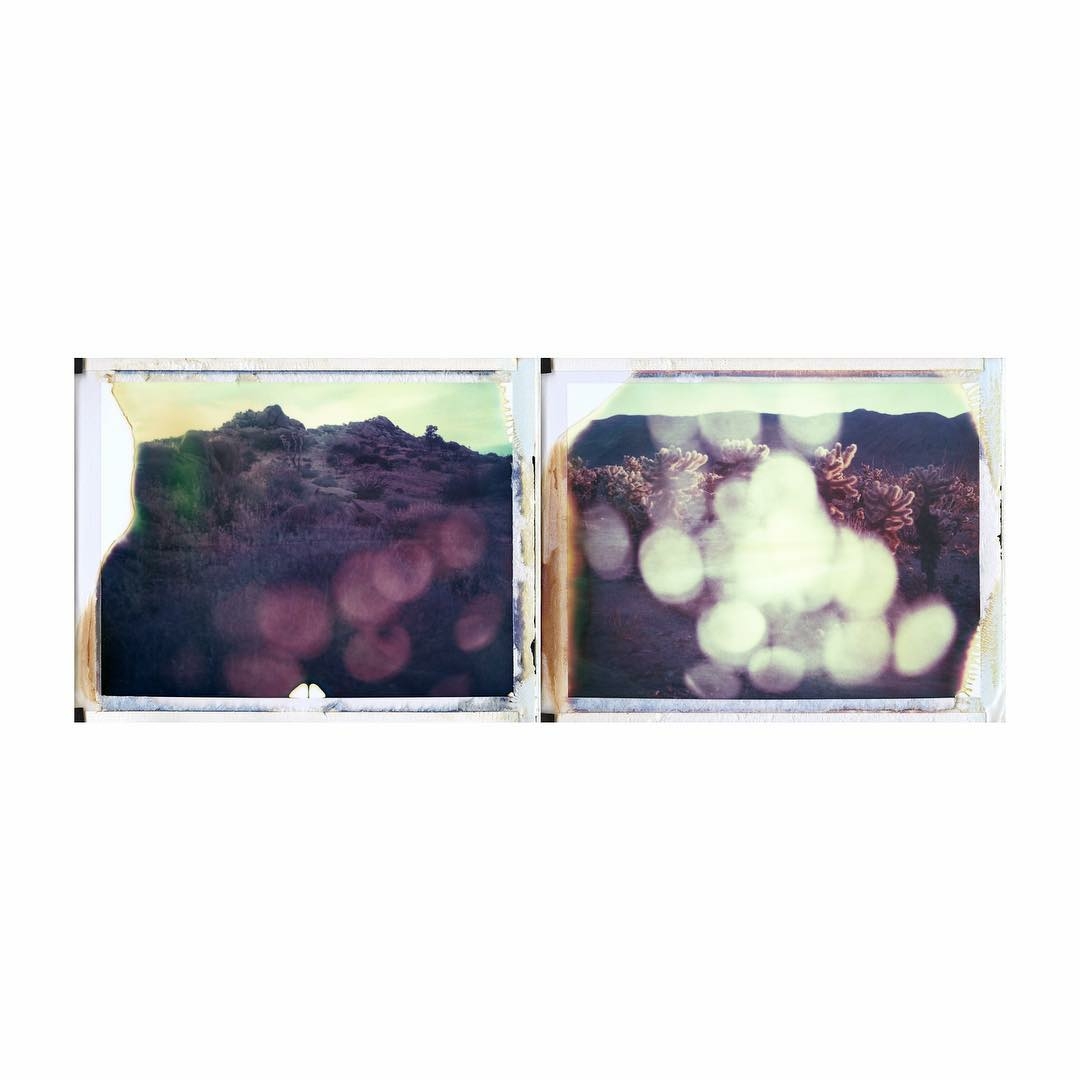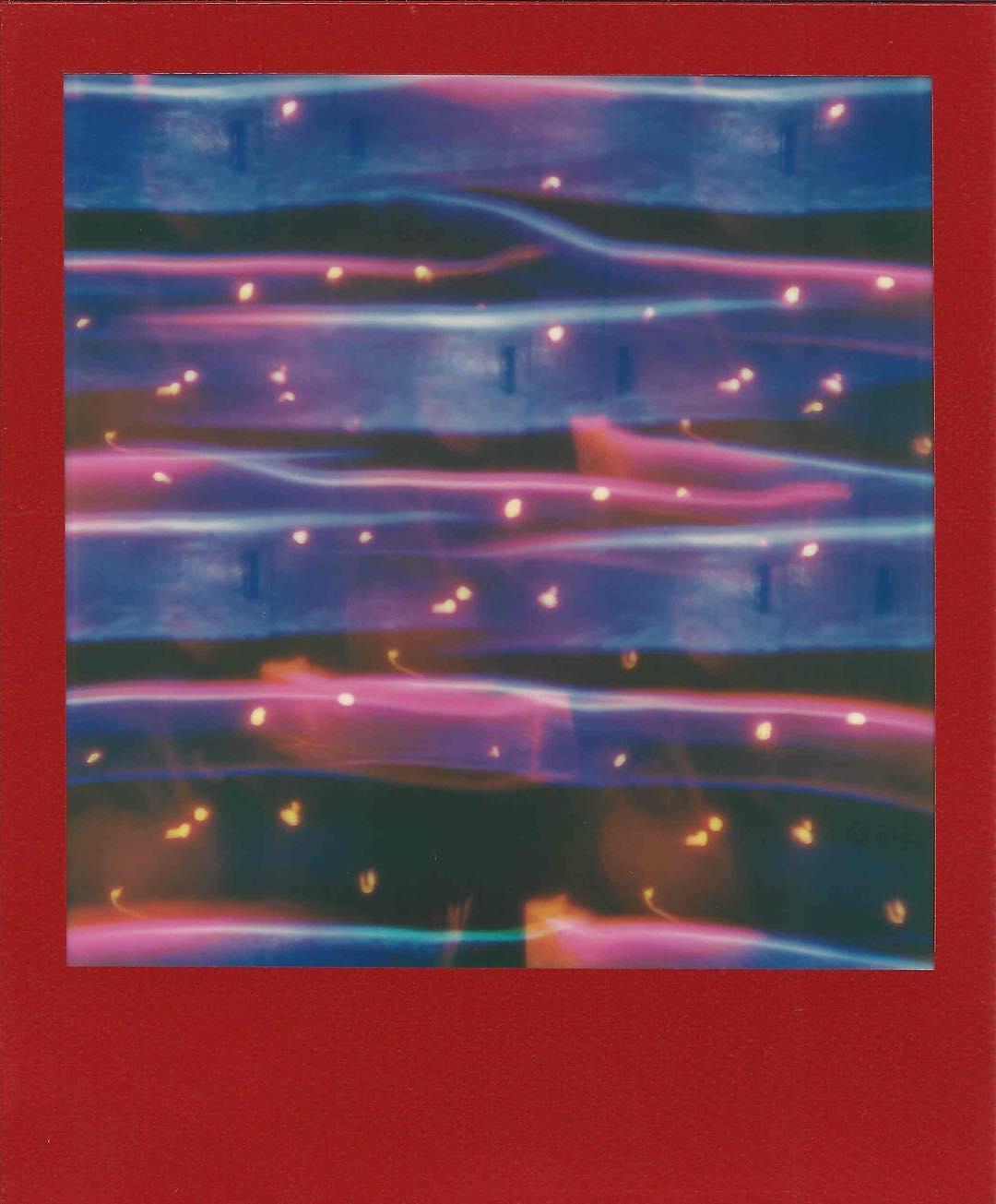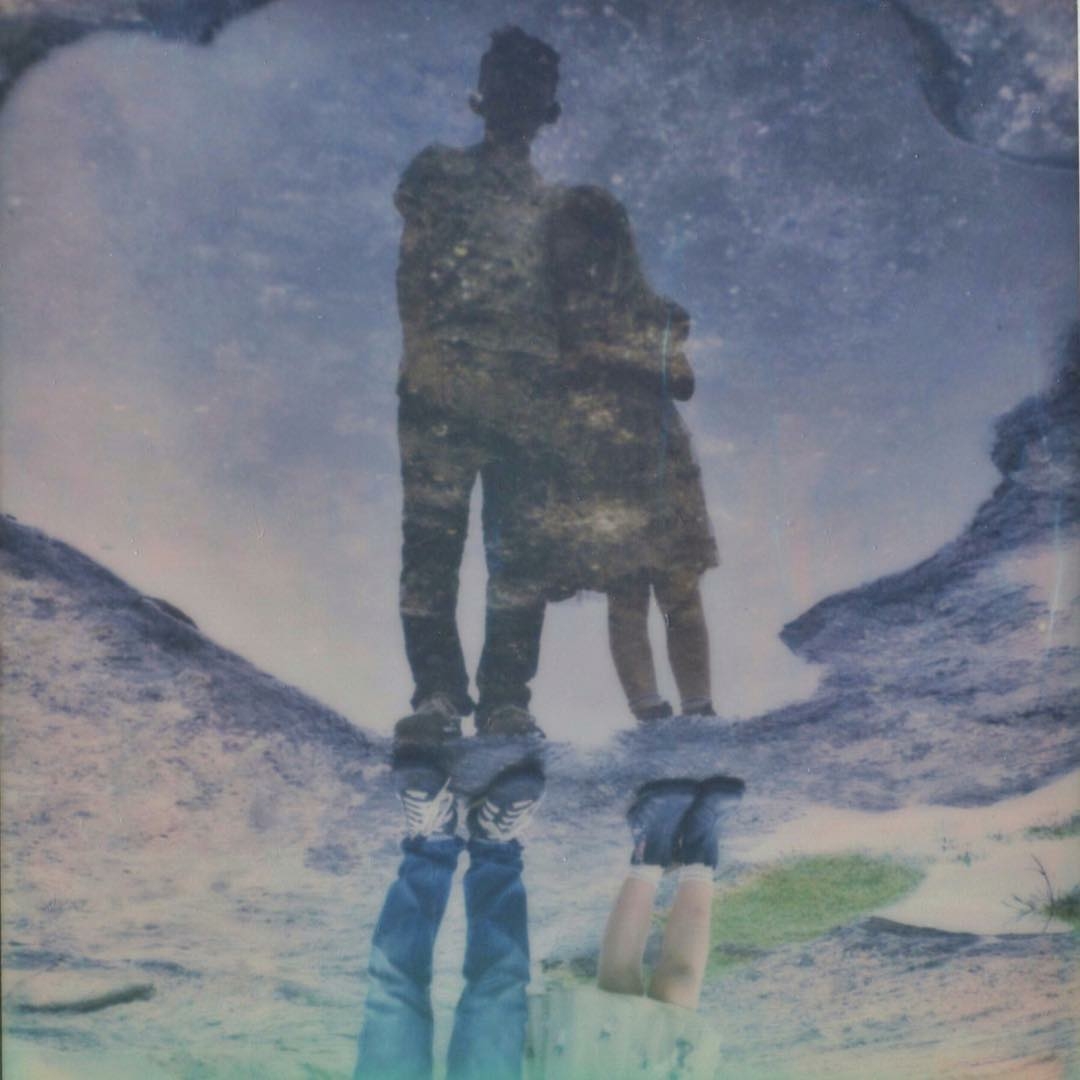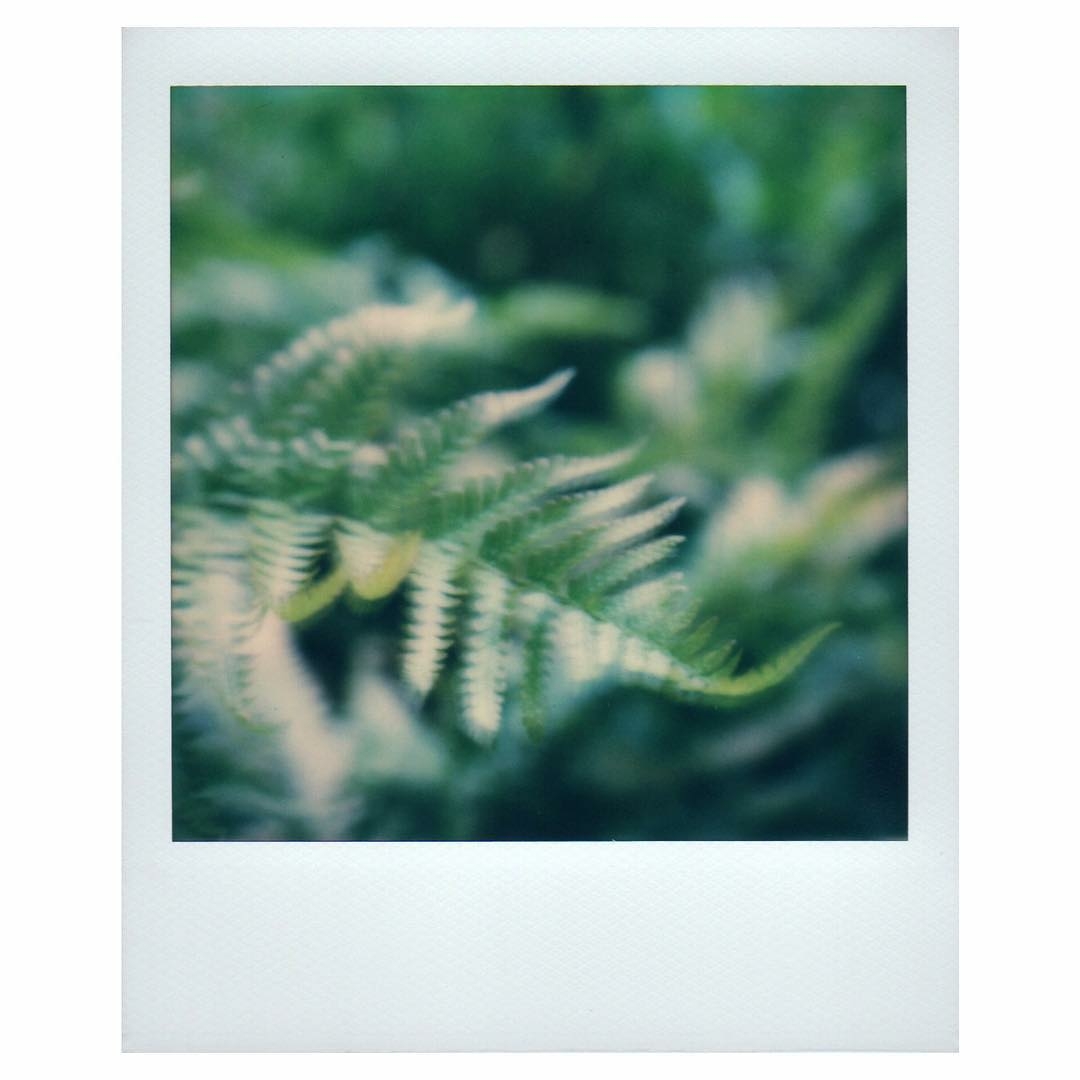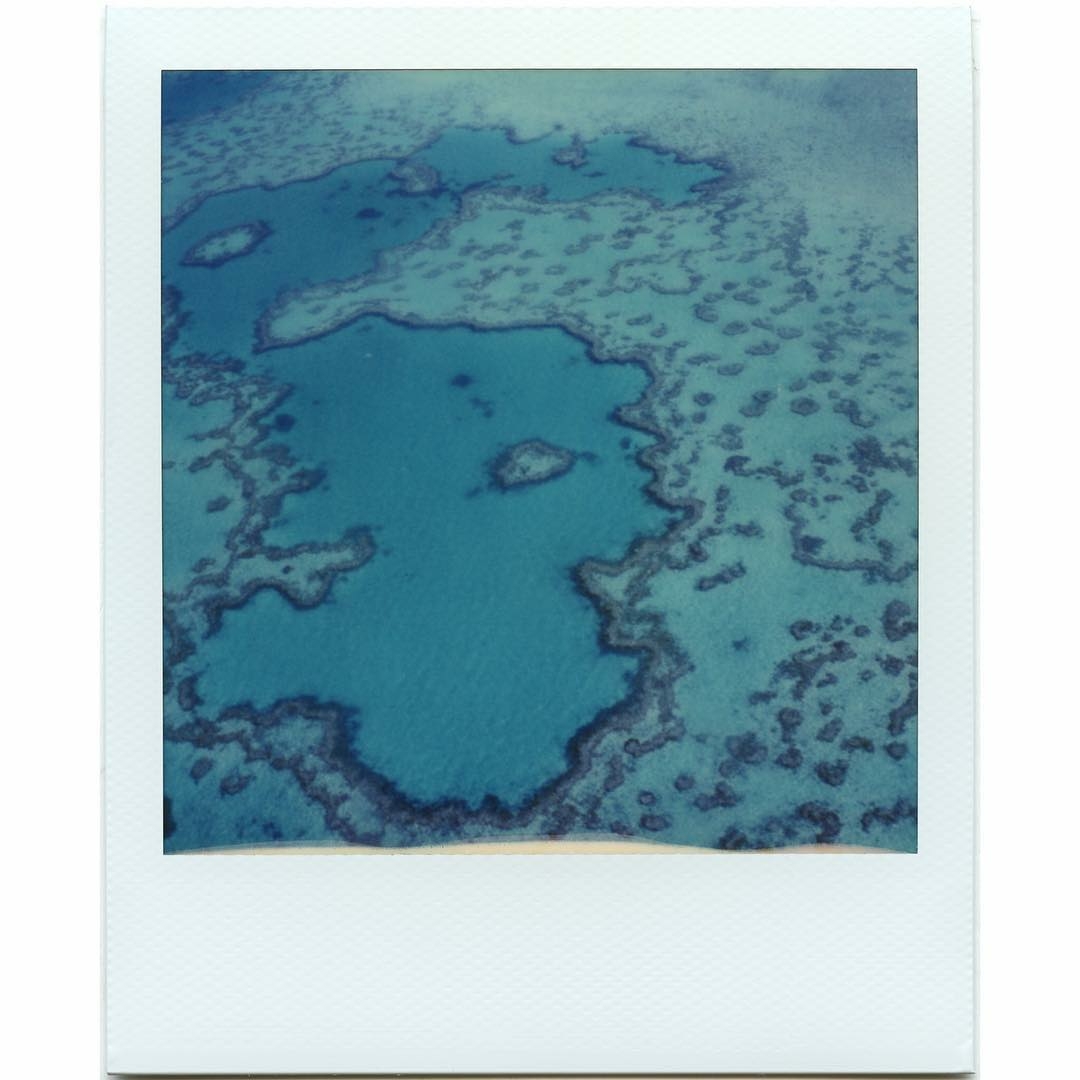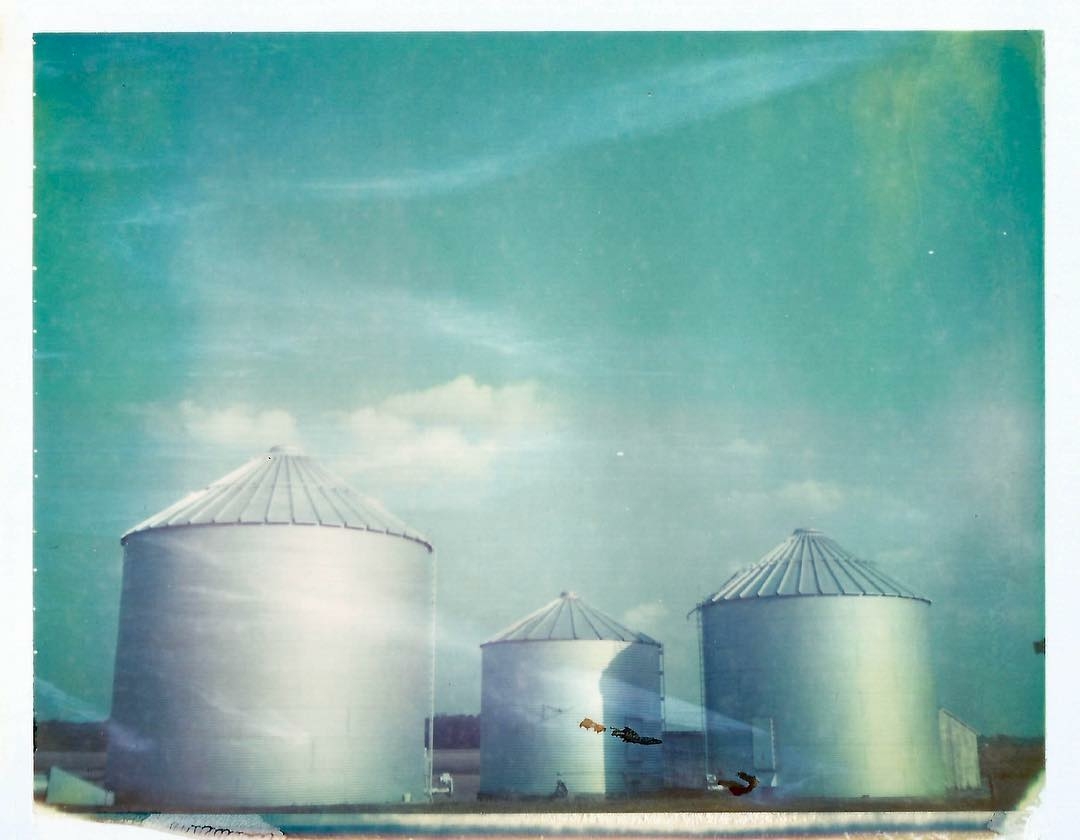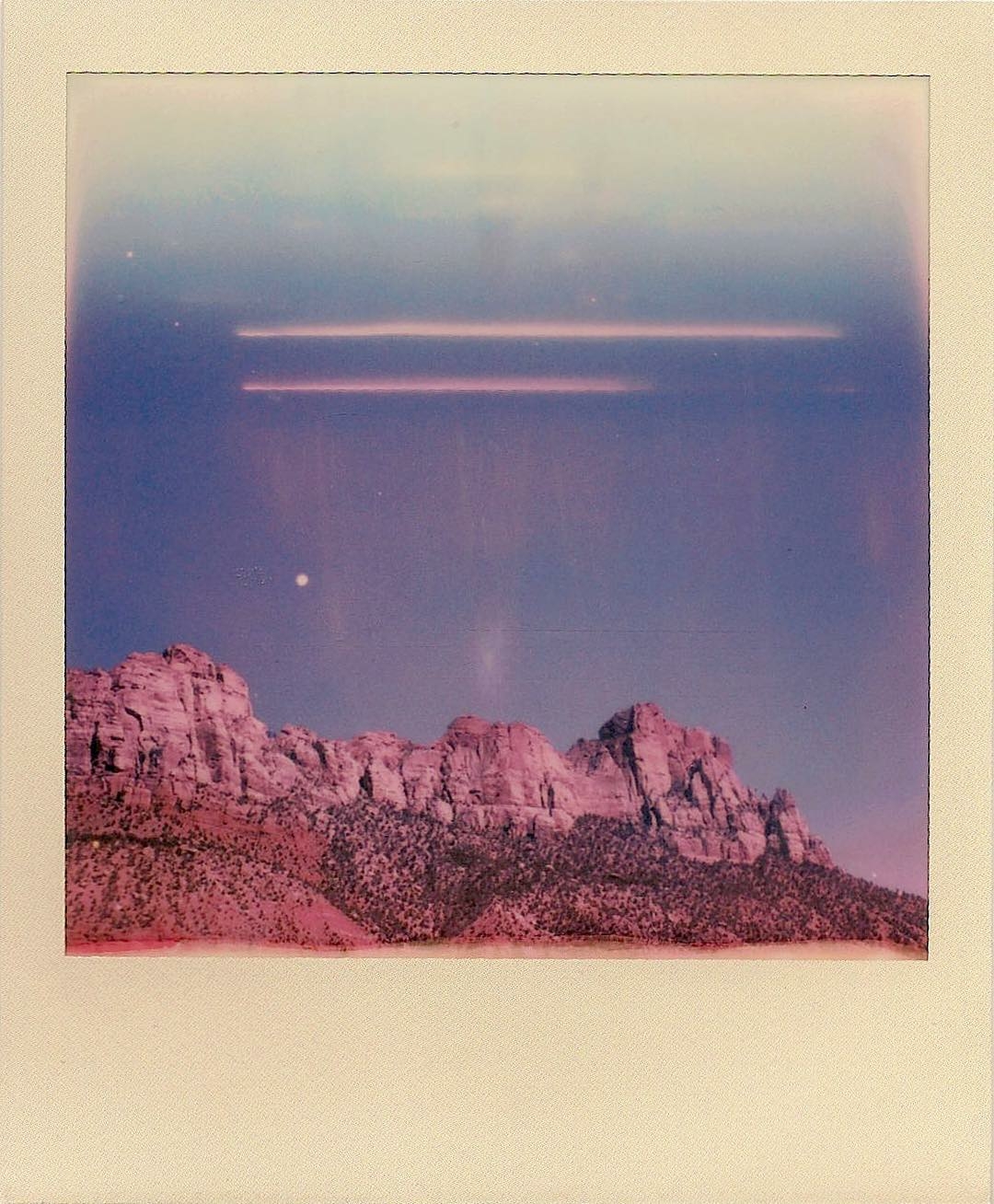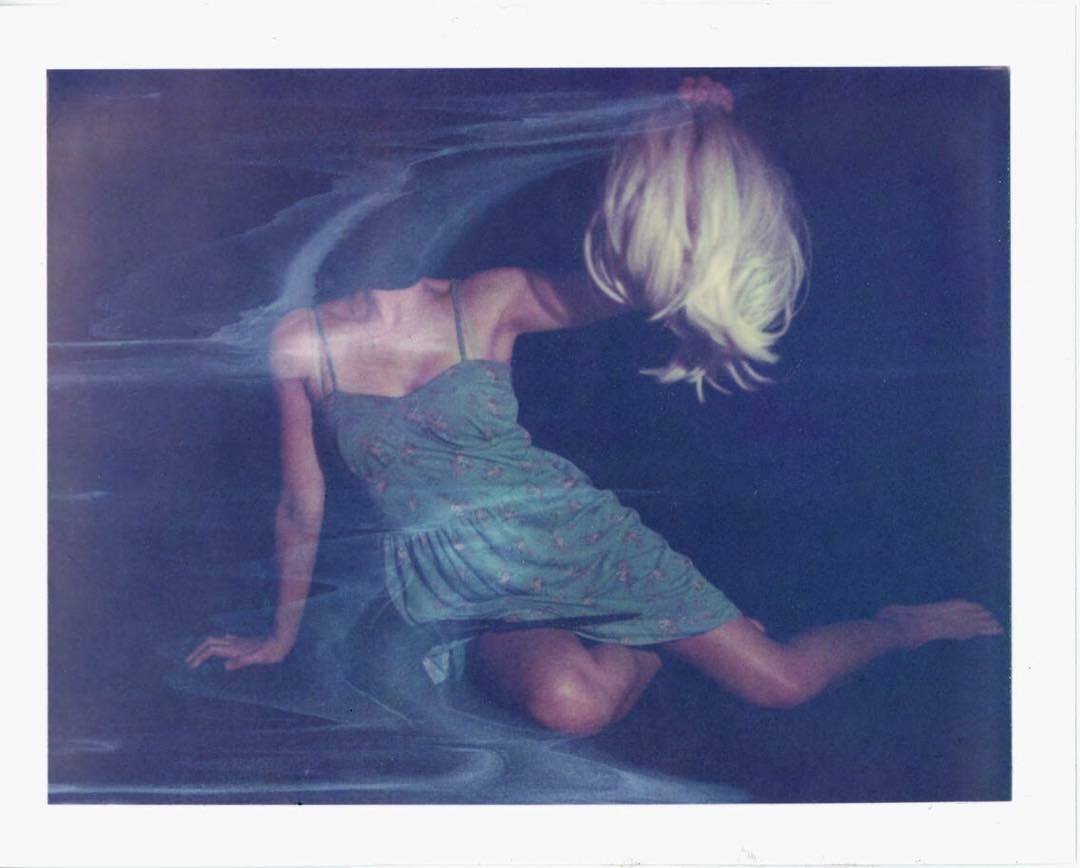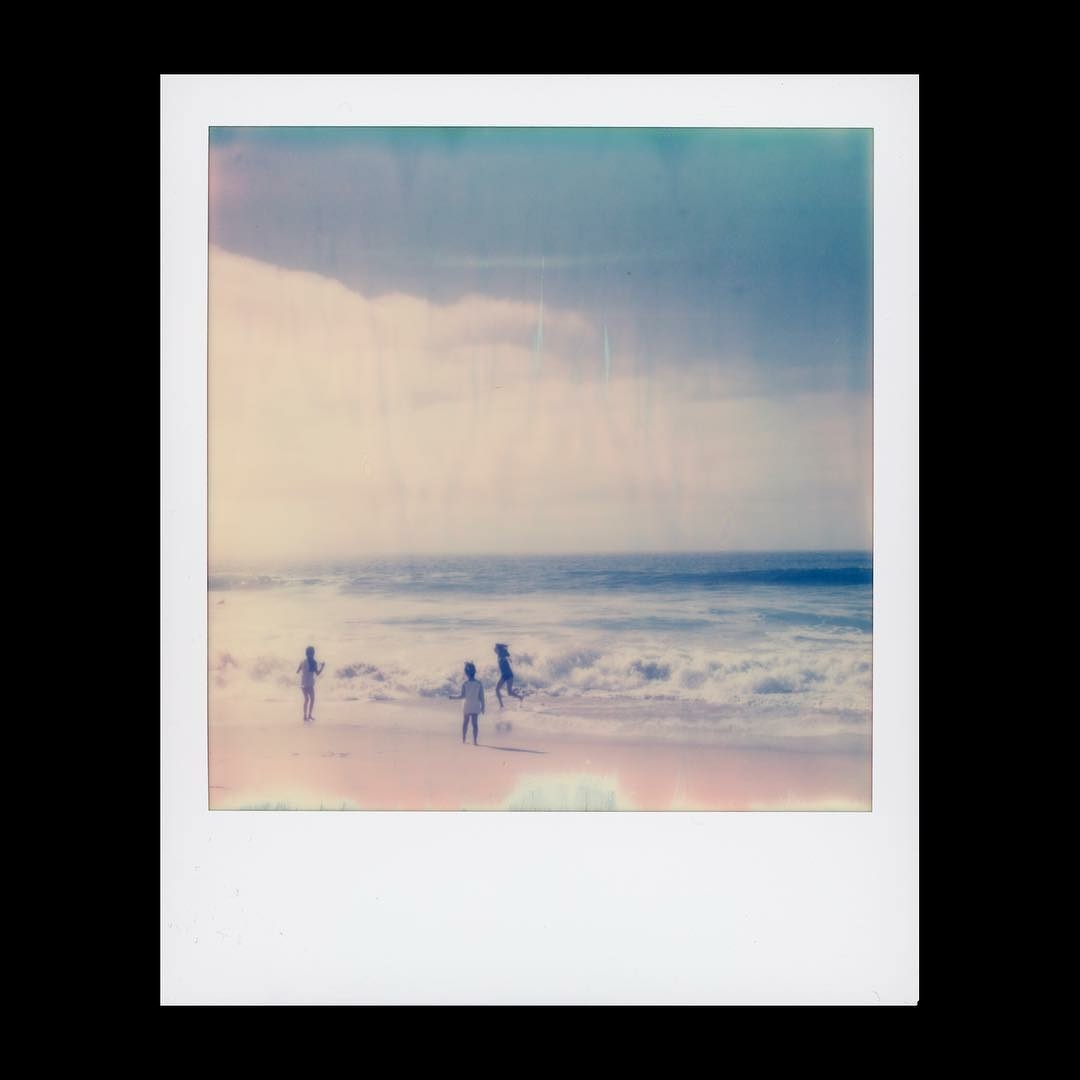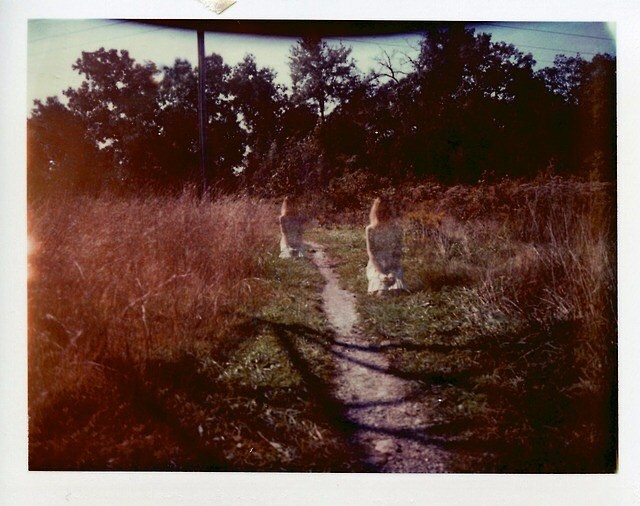Polaroid Week Roundup - Urizen Freaza
Dear FSC friends, this is Urizen Freaza,
Polaroid Week (or Roid Week, I don't know if there's a brand thingy there or not!) is for me the ultimate celebration of instant photography. And i love it. I should maybe put it in capital letters, because that's how I feel: I LOVE it. It's for me 'that time of the year', like other people talk about Halloween or Christmas.
It feels like a (virtual) gathering where you see old faces and find out what they've been up to. But more importantly, you get to discover new instant artists you didn't know about. It feels social, like a party. But moreover, it's about showing your best work. Because you can only show 12 instant photos in 6 days, and they must be new, unpublished. It pushes you to shoot and... to select. I love that. It's about community and pushing the boundaries of instant photography.
It started in 2006, but i was not on Flickr back then, so I only found out about it around the time Polaroid announced the end of production. Roid Week worked for me as a revivification of the medium and as a sort of support group at the time. And since then, it has only grown. A big shoutout to the team behind it. Long live Polaroid Week!
Here's a (painfully-hard-to-do) roundup of the Instagram photos submitted using the hashtag #fscpolaroid. Please go check the artist's profiles, and if you like, follow them and show them love. And more importantly, check the Polaroid Week pool on Flickr , on Twitter , and on Instagram .
I hope to see your instant photos there next year!!!
Connect
Urizen Freaza was born in Tenerife in 1982 and is since 2010 based in Berlin. He's a self-taught photographer and film-maker. Self-taught meaning that this is a path he's still walking, while hoping there is always more path to walk. He's a member of the Film Shooters Collective and part of the team behind the analogueNOW! festival in Berlin. See more of his work on his website and on Instagram.
Impossible I-1 First Impressions as a Landscape Photographer | Russel Jones-Davies
First of all, let me say that I am by no means suggesting I know everything about this camera as I have only used it once, but I wanted to give my first impressions as someone who mainly shoots landscapes. I say this because when researching about the camera I noticed a distinct lack of landscape based Polaroid images in comparison to portraits or cityscapes. I half guessed that Polaroids are a little more difficult to get a good landscape images out of or the cameras themselves weren’t the best to use in this scenario. Either way I still fancied giving it a go and seeing what I could get out of one. As a relative ‘newby’ - I could be wrong about this and there are indeed some great Polaroid/instant landscape photographers out there – I will endeavour to find more.
Why the I-1?
I’d been looking at a variety of cameras, particularly the vintage and SX-70, but ended up settling on the I-1 for a few different reasons. The first reason – price. I know this was one of the cameras biggest negatives on release but with the release of the One Step 2 and change to Polaroid Originals the camera had come down to £125. Pretty cheap for quite a feature packed, modern camera.
The second reason I chose the camera was for its accompanying app which allowed full manual control. As someone who spends quite a lot of time double checking exposures and using a spot meter I quite liked the idea I could choose the settings rather than the camera. This worked out quite well on one of my first shots which I will explain a little later.
The final reason I chose it was because I wanted something reliable. I loved the idea of an SX-70 but I kept reading that they could be finicky and a pain to fix and with instant photography not being my main ‘thing’ I didn’t want to be fussing around fixing a camera more than shooting it: especially when the film is dear enough anyway!
I know by shooting with a tripod and using a lightmeter I may go against the grain of what a Polaroid purist is about but I chose to enjoy it this way and it gave me the effect I wanted. I did shoot a handheld image, which was an incredibly easy process and produced a sharper result than I expected.
First use
I charged the camera up the previous night as I knew there was a 2-hour charge time waiting for me. I’ve not used it enough for this to be annoying but from what I hear battery life can be something of a nuisance; I already rinsed half the battery on the first use.
Other than that, everything was a breeze: connecting the camera to the app; loading the film; controlling the exposure and turning off the flash. I was relieved it was simple, as the day I was shooting was cold and I didn’t fancy anything fiddly without gloves on! I have used the camera on a tripod today as I wanted to give it the best opportunity to get good photos; the sky was quite overcast so I knew shutter speeds could be quite slow.
I can’t count how many times I have walked past this spot, but to me it screamed ‘Polaroid!’, so I pre-visualised what I wanted. I metered using my incident meter and went with the closest settings on the app of f/17 and 1/56th shutter. I assumed my highlights would be blown as the ground was noticeably darker and I wasn’t disappointed. For me, this is what Polaroids look like – they aren’t perfect.
I won’t go through each image I took but I did notice the field of view on the camera is surprisingly large and on the shot with the tyre swing I really should have been in closer. This helped with subsequent images where I would be significantly closer than I anticipated. This is not a flaw of the camera but just the sign of using something new. I liked the broad view it gave as it could fit a reasonable viewpoint into each image rather than it being an aggressive crop each time.
The other shot I want to talk about is one that explained a lot about the cameras style of metering and from other landscape Polaroids I’ve seen, why a lot of the images have funky exposures with dark foregrounds.
I knew straight away this would be a stretch for the Polaroid to capture and I assumed the sky would be blown again but I figured that would look kind of cool. I took my incident meter reading and got 0.4” with f/64 (I wanted to smooth the little river a bit). That seemed about right given the film speed so I set about loading that into the app – it really disagreed. Based on the phone camera preview it wanted me to set it at around 1/30th second instead. I realised the metering mode it must use is most likely a centre weighted or general average type meter. I stuck with my gut instinct and went for the slower reading. I’m glad I did as It gave me the detail where I wanted and not just loads of clouds.
Overall
Overall I had an absolute blast with this camera and I can’t wait to use it a little more. The viewfinder is quite annoying and feels almost useless as the dot obstructs so much but it’s liveable and my images came out how I imagined they would (framing wise).
The camera is lightweight, compact and I personally love the design as it is a little more modern and quirky. I think I’ll enjoy the unique style and effect Polaroid can give as sometimes landscape images can look a little generic and similar to each other.
Connect
Film photographer Russell Jones-Davies is based in the UK. See more of his work on his website, Instagram, and on Facebook.


